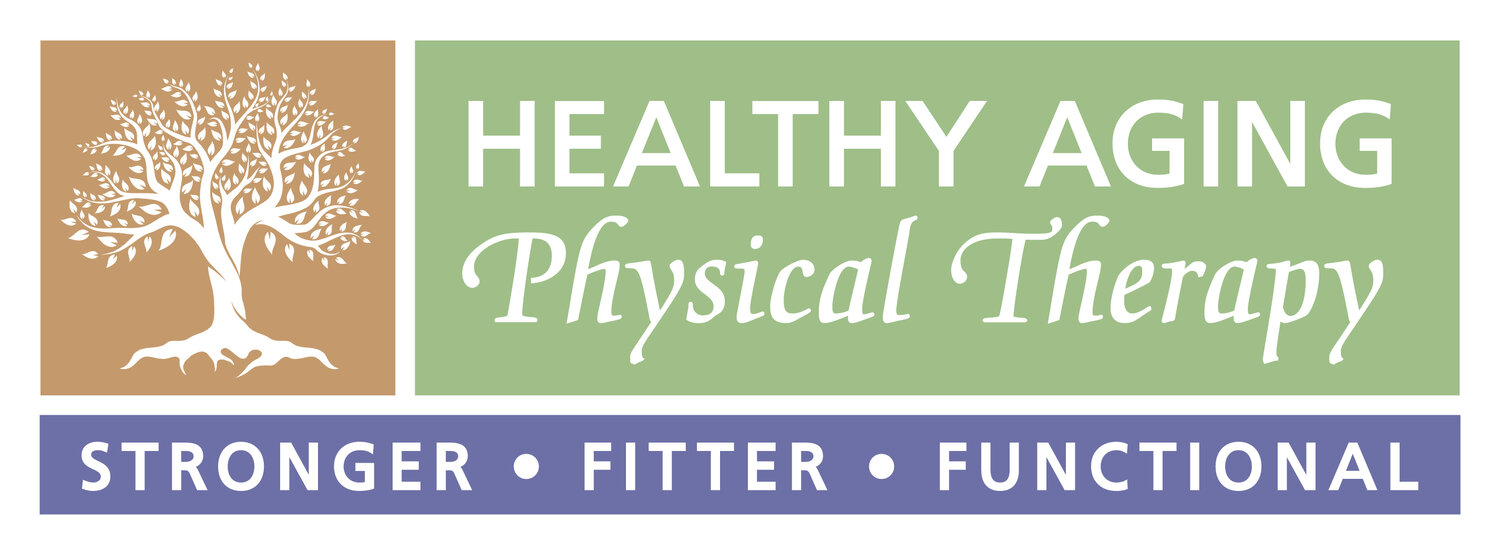the HAE series: the Cardiovascular system part I
In starting this Healthy Aging Essentials Series, it makes sense to start at the top - with the one organ you can’t live without. Despite it’s incontrovertible importance, the heart is actually a pretty simple device. The heart is a pump. It plays two roles; it pumps out oxygenated blood to all the organs in the body, and then collects the deoxygenated blood back and routes it into the lungs to get reoxygenated before sending it out again. Let’s look closer at this process.
The heart is a muscle. In fact, it’s the hardest working muscle in the body, able to pump out at least 2,500 gallons of blood a day. It is broken up into two halves, and each half into two chambers, each chamber connected by a one-way valve. The left side of the heart is the side that sends the oxygen-rich blood out into the body. Oxygen-rich blood first enters the left atrium from the lungs via the pulmonary vein. When the atrium is full, it will contract, forcing the mitral valve to open, and blood to flow through into the left ventricle. The mitral valve then shuts, and the process repeats as the left ventricle then contracts, forcing the blood through the aortic valve, into the aorta and heads towards the rest of the body.
As your blood flows through your arteries and into your tissues and organs, oxygen is pulled out to fuel all your energy needs. Oxygen-poor blood then returns to your heart via your veins and ends up in either the inferior or superior vena cava. The vena cava veins empty the oxygen-poor blood into your right heart. It is your right heart's job to get the blood back to the lungs to be reoxygenated before returning to your left heart to be sent back out to your body again. Once the blood fills the right atrium, it contracts and sends the blood through the tricuspid valve into the right ventricle. Once full, the right ventricle now contracts and pumps blood through the pulmonic valve, into the pulmonary artery and into the lungs to get reoxygenated.
While this process is essentially simple plumbing, it also relies on a system of electrical impulses to initiate the contractions that pump the blood from right heart to the lungs, then from the left heart to the body. This network of nodes and fibers makes up the heart's conduction system.
The sinoatrial node (SA node) starts the party. This small bundle of cells in the right atrium triggers that first chamber to contract, sending the oxygen-poor blood from your right atrium into the right ventricle. It is the heart’s natural pacemaker; it is this impulse that sets your heartbeat and keeps you in a normal sinus rhythm when it fires regularly.
The atrioventricular node (AV node) is located in the center of the heart, between the right and left atria and the ventricles. It acts to slow the electrical signal before it hits the ventricles, giving the atria time to contract fully before the ventricles get the signal to do the same.
The Purkinje fibers are the ‘wires.’ They are responsible for translating the impulsive along the myocardial walls to trigger them to contract. Once they receive the message, that cycle, one heartbeat, is complete and the SA node fires again. Your healthy heart beats 50-100 times a minute. It can beat over three billion times over the course of your life.
To watch this system in action, check out this National Geographic video here.
Now that you understand how the healthy heart works, it’s time to look at some of some of the things that can happen over time when you age, and in states of pathology, when things go wrong in the HAE series: the Cardiovascular system part II.


